Unsolved Mysteries has featured countless baffling cases throughout the years, volume 4, episode 4 titled “The Severed Head” is definitely one of them. The episode features the discovery of a severed head that was found in Economy Borough in Beaver County, Pennsylvania, and the investigators’ diligence and perseverance to determine her identity.
On Dec. 12, 2014, a 15-year-old boy was walking through the woods by Mason Road in Economy when he saw a severed head lying on the ground. He immediately called 911 to report what he had discovered, and it was unlike anything that investigators in the county had ever seen in their years of work.
Details about the severed head
The head was brought to the Beaver County Coroner’s Office for further investigation. At first glance, the autopsy technician thought the severed head wasn’t real. It was well-preserved and her curly gray hair was neatly combed. There were no signs of decomposition, and she had light makeup, which led to the conclusion that Jane Doe was professionally embalmed. The body was most likely prepared for viewing before the head was severed. It was estimated that Jane Doe was between the ages of 60 and 80 years old.
Another detail that the autopsy technician noticed was how the head was severed. It was a clean cut that was most likely done with a sharp object, such as a scalpel. The technician also found two plastic caps when he pulled back the eyelids. Eye caps, which look like opaque contact lenses with tiny spikes, are placed over the deceased’s eyes during embalming to retain the curvature and shape of the eyes, as well as to ensure the eyes remain closed during viewing. What was unusual about Jane Doe was what was discovered underneath the eye caps. Instead of eyeballs, there were two red rubber balls, one in each eye socket.
The investigation
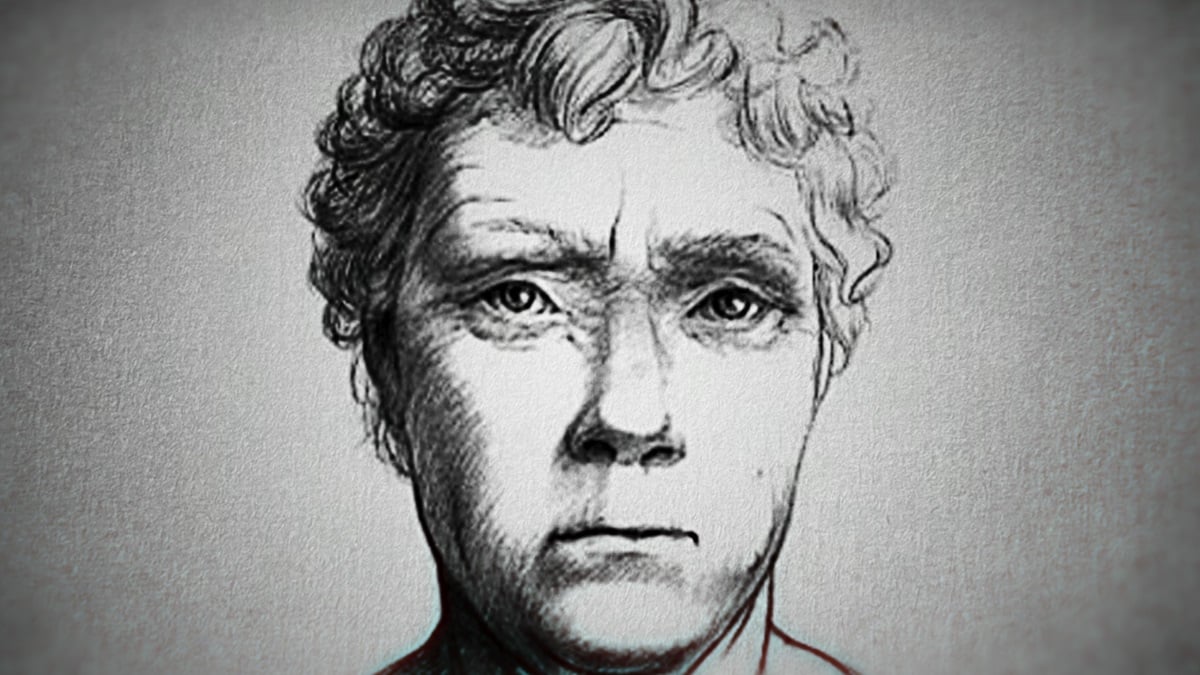
Investigators questioned the boy who discovered the severed head. He was cooperative and forthcoming, and it was determined that he didn’t have anything to do with the severed head apart from being the one who stumbled upon it. Another individual, Jay Grabner, was interviewed. Grabner lived across the street from where the severed head was discovered, and he showed great interest in the case, even going as far as sharing his theories about how Jane Doe ended up in the woods. He told investigators it was as if the person who placed the head there wanted it to be found. He also implied that the boy had something to do with it.
Investigators contacted funeral homes and mortuaries to determine if any of them used the red rubber balls, but none of them did. It was later determined that the balls were from a bubblegum machine that dispensed rubber balls, and one of the biggest mysteries of the case was why it was placed in Jane Doe’s eye sockets.
Volunteers and investigators combed the area where the severed head was found, but they didn’t find any clues to help the case move forward. However, they figured they had hair, tissue, teeth, and skin samples from Jane Doe, and they could get her DNA to try and identify her. Her DNA was sent to several institutions for processing, but it that wasn’t successful. The chemicals used during the embalming process deteriorated the DNA, and a profile couldn’t be obtained.
The next step was to get help from a forensic artist to come up with a sketch and sculpture of Jane Doe. The sketch and clay sculpture were shown to the public in hopes that someone would come forward to identify Jane Doe. Still, there were no conclusive results.
Investigators got a lead when they were contacted by Fayette County about a body missing a head. In 1988, the De Carlo crypt was broken into and Theresa De Carlo’s head was severed from her body. She was 75 years old when she died in 1952. A forensic dentist was called to determine if the severed head was De Carlo’s. Based on the dentistry work on Jane Doe, the dentist concluded that it wasn’t a match. Jane Doe had some dental fillings with materials that weren’t available in the 1950s, and the dental work was most likely done between the ‘80s and ‘90s.
Jay Grabner was investigated further
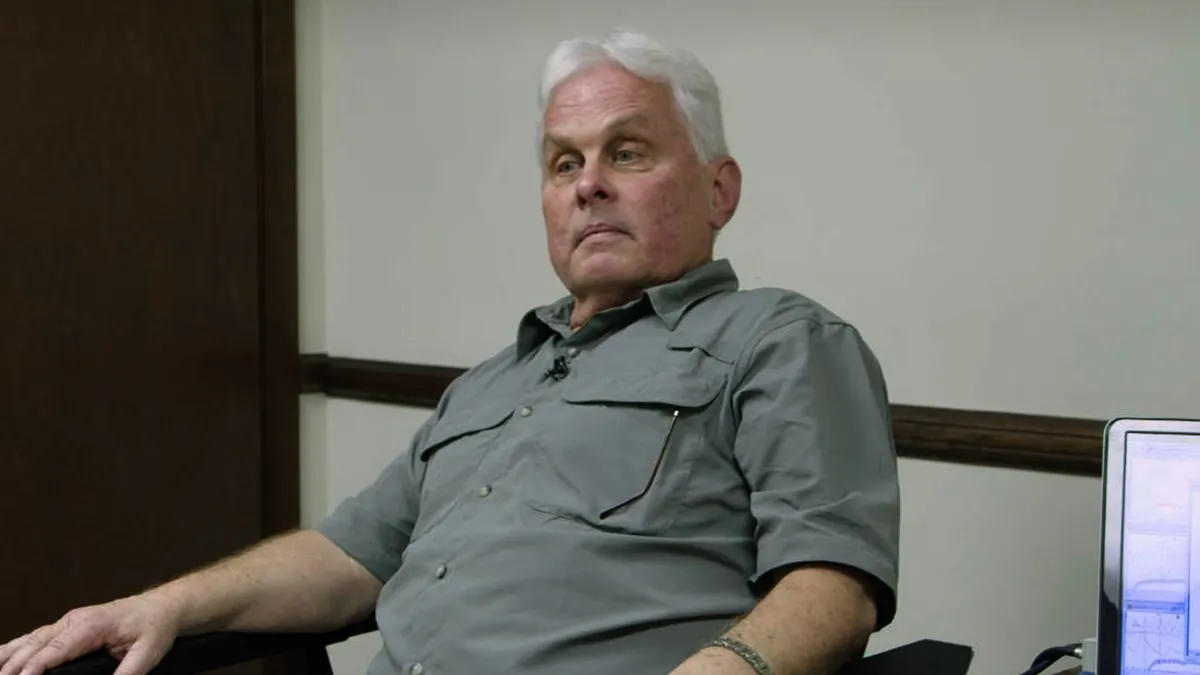
Investigative reporter Blake Morrison, who was researching the body trade industry, became interested in the case and contacted the investigators. He wanted to determine whether Jane Doe was a victim of body brokers — those who illegally sold body parts for medical research. Morrison visited the woods where the head was found, and came across Grabner, who approached him.
Morrison had several discussions with Grabner throughout his research, and he learned many details about him that were suspicious. It turned out that Grabner knew the boy who found the severed head and was a kind of a mentor to him until they had a falling out. Grabner revealed that soon after that, he found his horse stabbed near the area where the head was found and claimed the boy did it.
During their talks, Morrison also found out that Grabner had extensive knowledge about the body trade industry, and some of the facts he shared were ones he didn’t even know about even after thoroughly researching the subject. Furthermore, he discovered that Grabner had a telescope in his home that pointed to the spot where the severed head was found. Moreover, Grabner kept his dead dog in a freezer in his home. All this understandably led Morrison to conclude Grabner may know more about the head than he was letting no.
Grabner enthusiastically agreed to take a polygraph test. His test showed deception, particularly on questions about being involved in the severed head case, but he firmly denied having anything to do with Jane Doe. It’s important to note that polygraph tests aren’t scientifically reliable, which is why they aren’t generally admissible in court. Grabner died by suicide in Sept. 2020.
Her identity remains a mystery
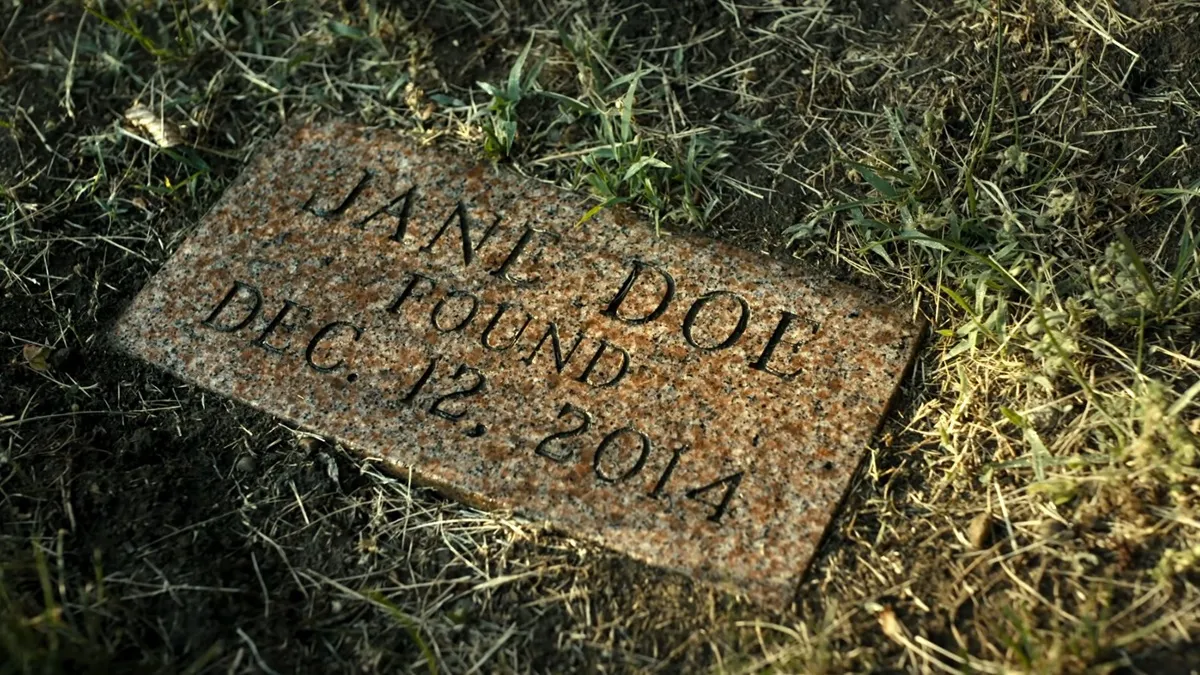
A year after her discovery, the severed head was buried in a full casket, and those who were involved in the case attended the ceremony. Investigators are hoping that they could someday find her body so she could be buried whole.
To this day, her identity remains a mystery, but investigators are hopeful that the renewed interest and the feature on Unsolved Mysteries will finally help solve the case. Those with information about the case are asked to contact the Economy Borough Police Department.

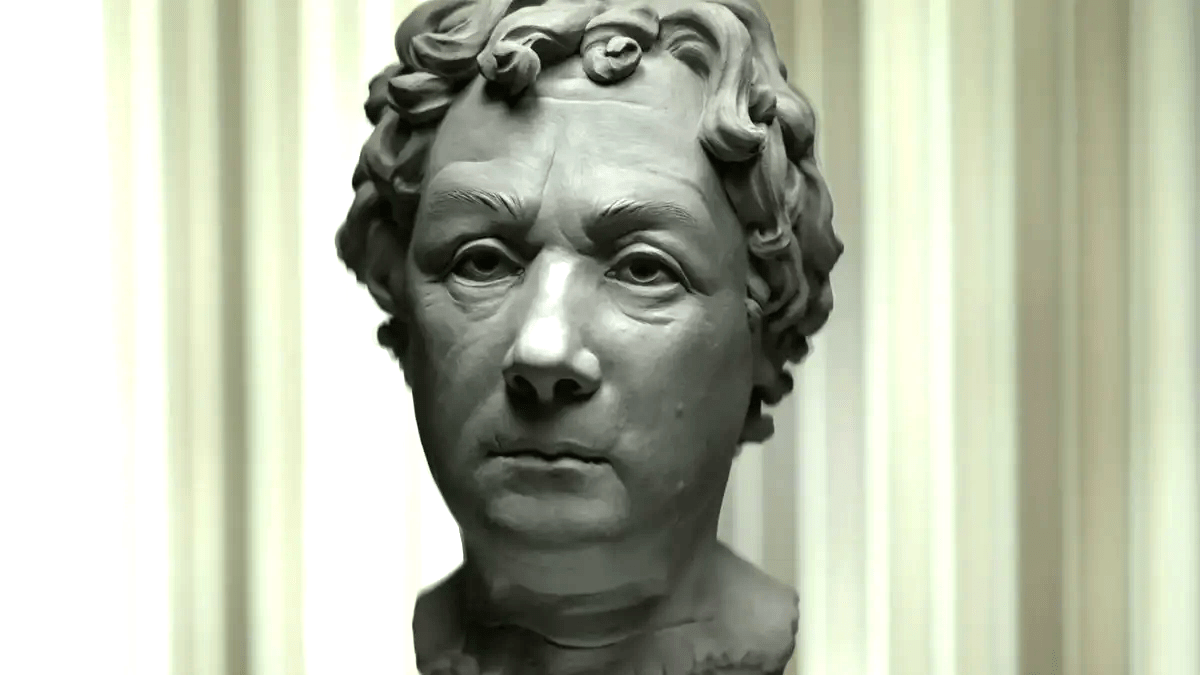
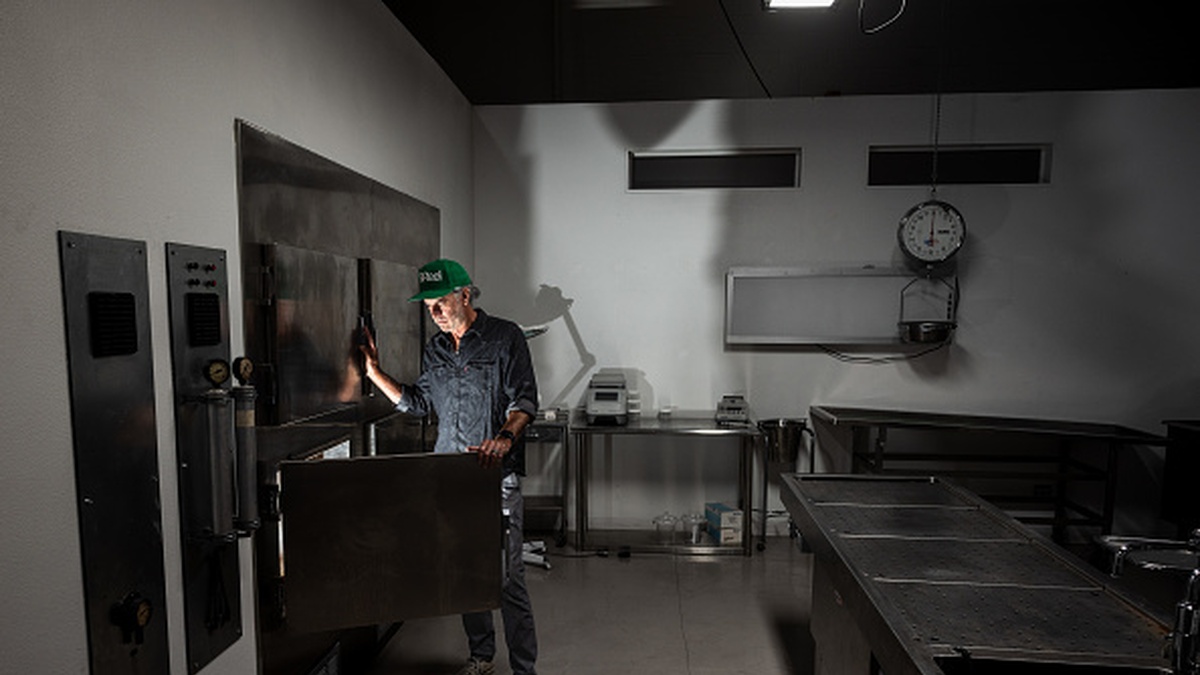
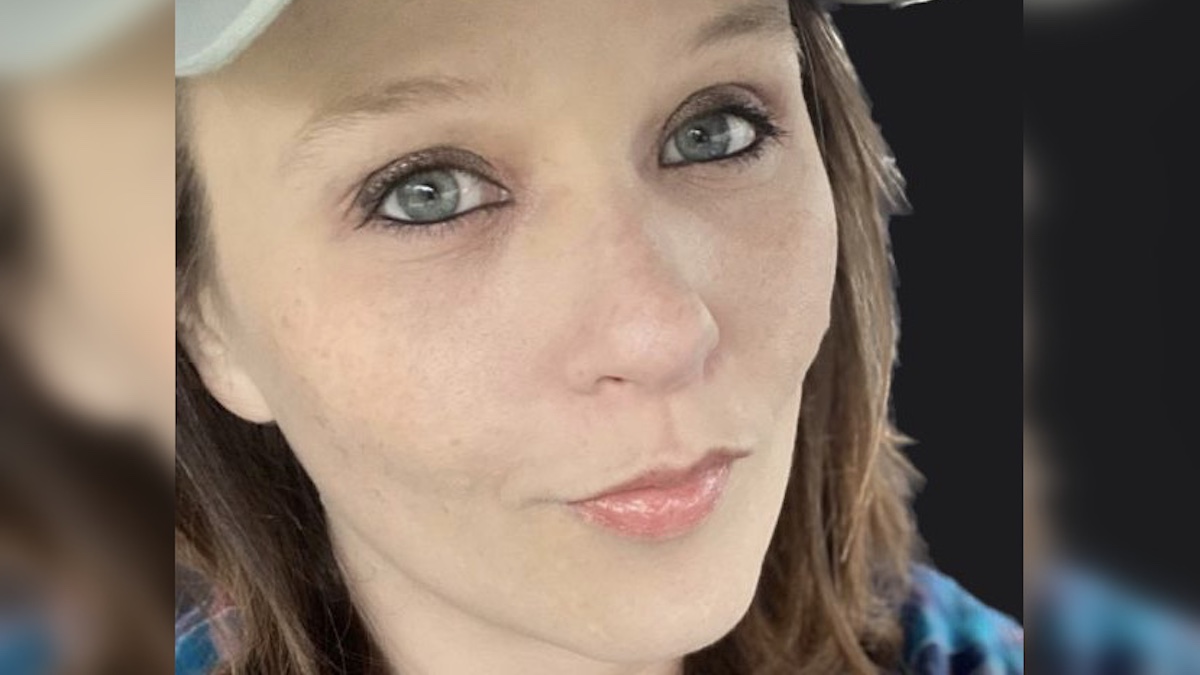
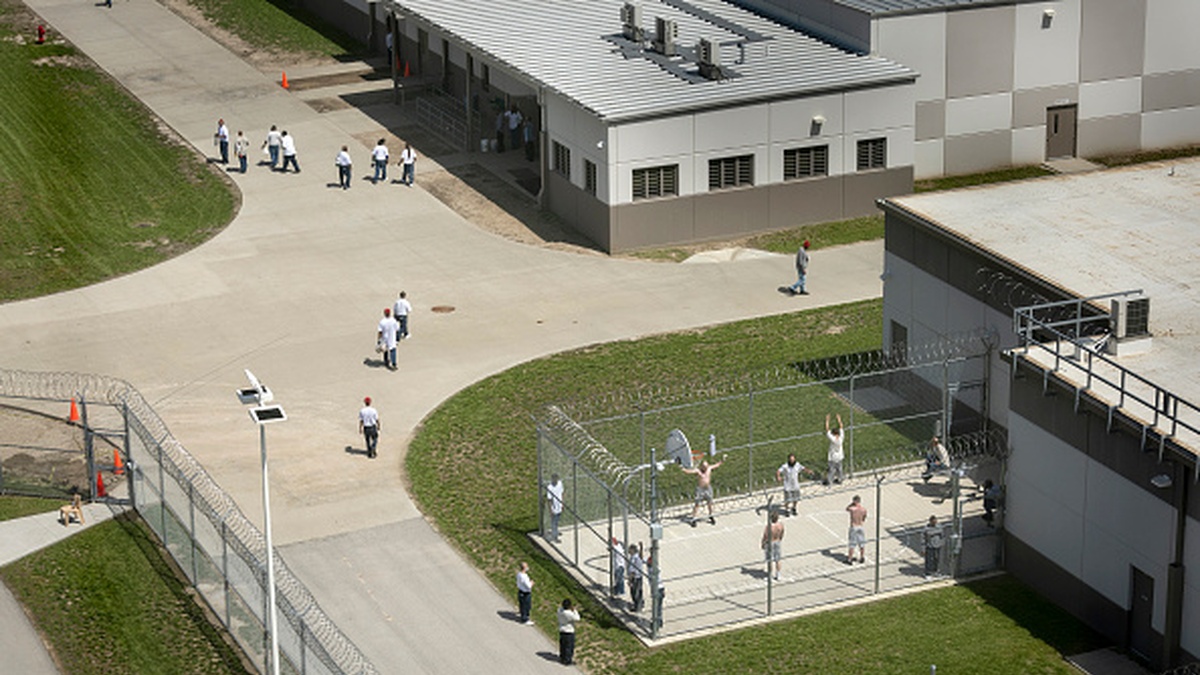
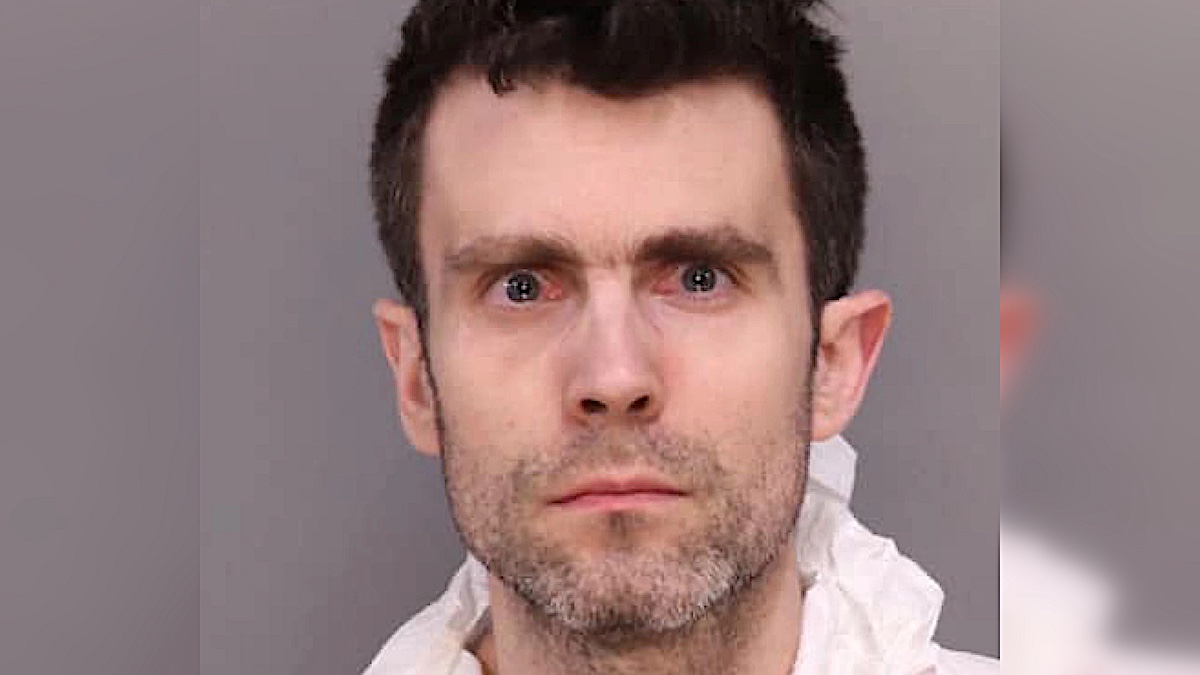

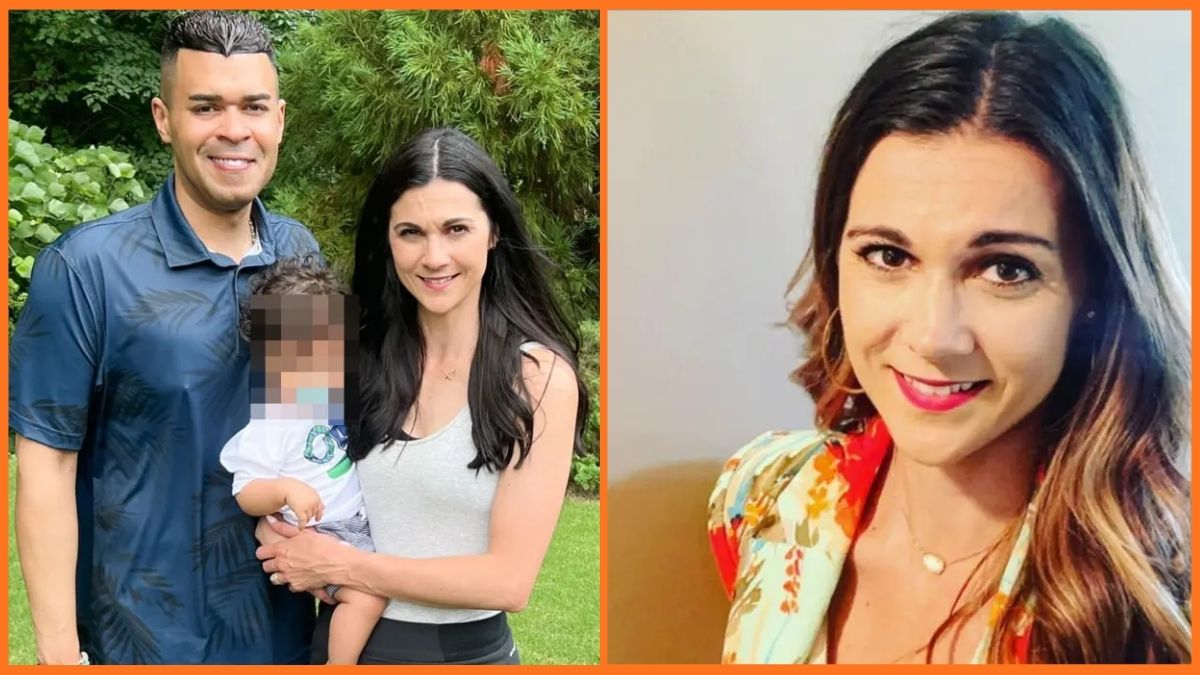



Published: Aug 1, 2024 04:08 am